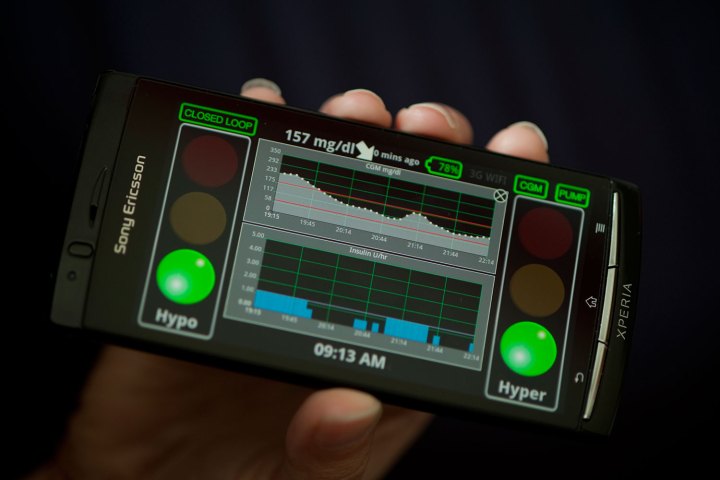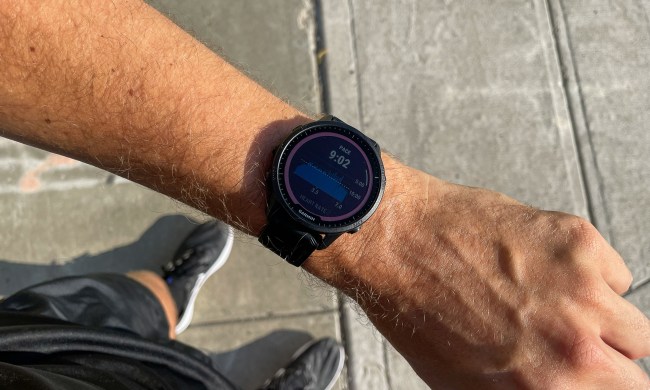
By way of review, Diabetes is a metabolic disorder in which the pancreas does not produce enough insulin, which plays a critical role in helping glucose get into the cells of our bodies. Because of this lack of glucose, the body attempts to get energy from elsewhere — which means dangerously breaking down the body’s stores of fats and proteins.
The disorder affects around one in ten Americans, and patients with type 1 diabetes must be treated with daily insulin doses that are administered either by injection or an insulin pump. The researchers hope to improve this process.

For the study, 21 individuals with type 1 diabetes were fitted with the artificial pancreas for a period of one month. Worn continuously by the subjects, this is the longest length of time in history that patients have relied on such a device. The study found the artificial pancreas to be effective at keeping insulin levels inside the normal parameters doctors would hope to see.
The next stage, Dr. Renard says, will involve 240 patients in both the U.S. and Europe — including children, adolescents, and adults — putting the device through its paces. “They will use the system for six months, which will allow us to demonstrate that the system is safe, efficient, and can ultimately provide a better quality of life for patients,” he notes.
Should all of that go as planned, we may well see artificial pancreases roll out as early as 2017. Here’s hoping it works out!


